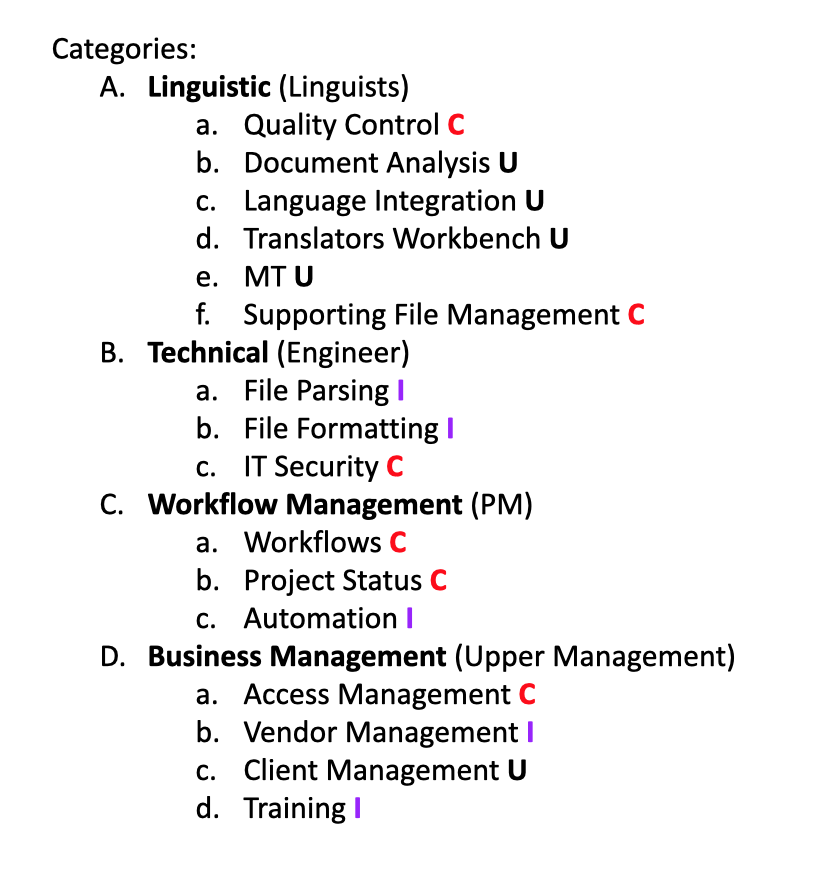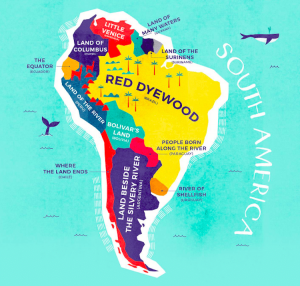Per the Global and Localization Association (GALA), Translation Management System (TMS) “automates the translation process, makes it more controllable, and eliminates repetitive tasks.” TMS offers functionality in process automation, language automation, and business automation. This semester in groups we were tasked with comparing two TMS systems – SDL WorldServer and GlobalLink. Through the course of this project I gained greater insight into what needs to considered when selecting a TMS.
How do you even select a TMS?
Selecting a TMS encompasses a myriad of factors, whether it be stakeholders or budget, there is a lot to consider. The key is to not get overwhelmed with the finer details. There first should be a general understanding of what your needs are and how those needs affect different stakeholders. I recommend using RWS Moravia’s “Six Steps to Choosing the Right Translation Management System” to kick-off this process. (Click here to see the Moravia article)
They listed the following six steps to help choose the right TMS:
- Identify all the stakeholders
- Gather stakeholder requirements
- Sort requirements by functional areas
- Sort ‘must-haves’ from ‘nice-to-haves’
- Requests demos*
- Evaluate, pilot, go!
Before going through the six steps, my group decided we would be using the perspective of a new small-sized LSP looking to purchase their first TMS.
Stakeholders
- Translators/Reviewers (T/R)
- Engineers (E)
- DTP
- PM
- Sales (S)
- Vendor Management (VM)
- Upper Management (UP)
Stakeholder Requirements (‘must-haves’ & ‘nice-to-haves’)
These requirements were broken down by being Useful (U), Important (I), and Critical (C) and linked to their respective stakeholders.

Functional Areas
From there we divided these requirements between four categories: 1) Linguistic (Linguists), 2) Technical (Engineer), Workflow Management (PM), Business Management (Upper Management).

Understanding what the critical and important needs were key to us being able to properly analyze SDL WorldServer and GlobalLink.
Evaluate, pilot, go!
Each member of our group took time to review the two TMS systems against our stakeholder requirements. While we didn’t have a specific pilot project in mind, we agreed that creating a project within SDL WorldServer and GlobalLink could be the basis for our evaluation.

After calculating the averages via Excel, the averages of our scores were placed within the Critical, Important, and Useful categories.

Who won?
In the end, there wasn’t a significant difference between SDL World Server and GlobalLink. There was a slight difference in the Critical Sum, but nothing that would impede our fictional LSP from selecting one TMS system over the other. In order to solidify the best choice, best practice would be to run distinct translation projects that could shed more light on each TMS systems strengths and weaknesses.
Click here here to see our final presentation and a more in depth analysis of the differences between SDL WorldServer and GlobalLink.


